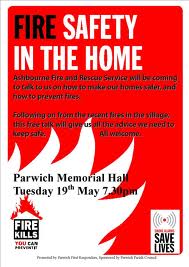

| Home | Precautions | Evacuation Ideas | Suggestions | Contact |




आग विभाग या आगशमक दल एक सार्वजनिक् या निजी समस्था है जो आग से होने वाली दुर्घटनाऒ से सुरक्षा प्रधान करती है, जो आम तौर पे एक नगर - पालिका या जिल्ला का निरिक्षण् करती है | एक विभाग के सिमा में आम तौर पे एक् से अधिक् आग शमक् स्टेशन् होते हैं | इन् सटेशनो मे व्याव्सयिक आग शमक या स्वयंसेवक कार्य करते है |